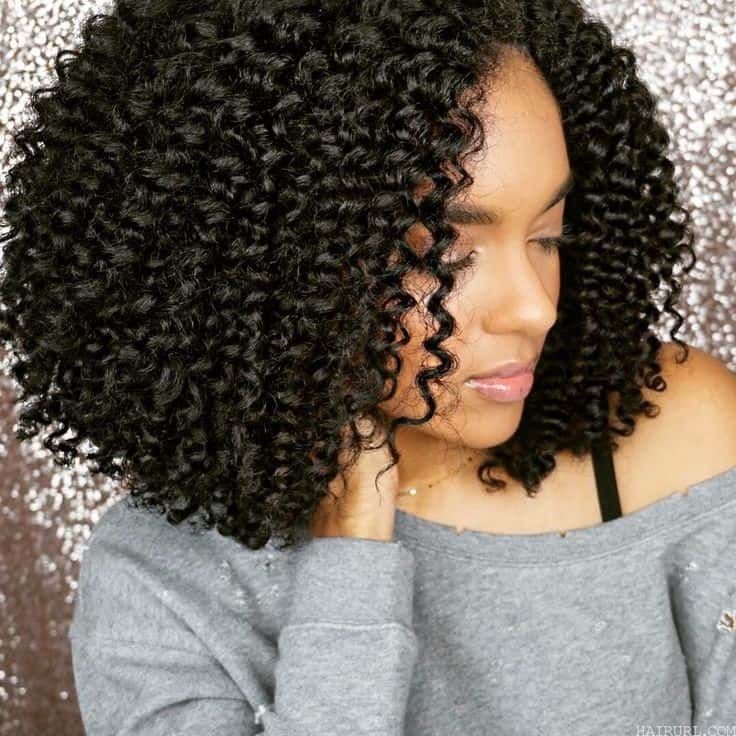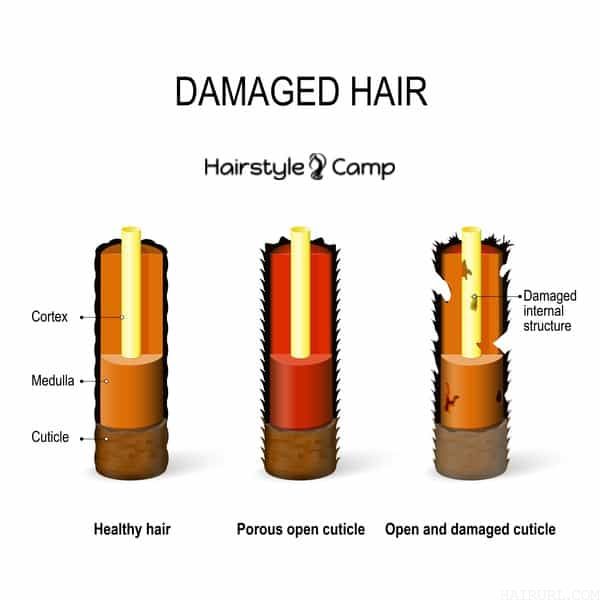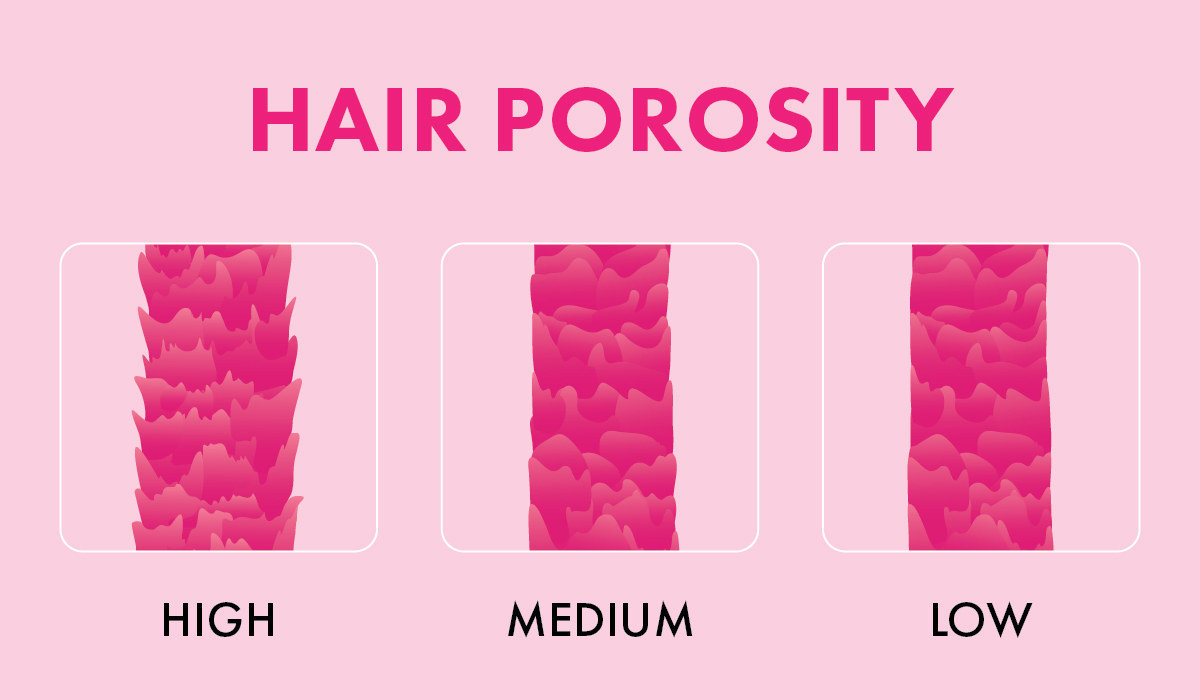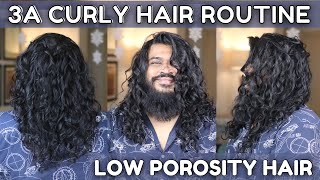Characteristics of Low Porosity Hair And How To Treat It
We all want luscious locks, but have you noticed that your hair doesn’t absorb moisture as well as it should? This likely means that your hair has low porosity. Porosity deals with the hair’s cuticle and describes your hair’s ability to absorb and sustain moisture. Porosity types include low, normal, and high.
What Is Low Porosity Hair?
Low porosity hair is structured so that moisture cannot effectively penetrate the hair shaft. This hair type contains too much keratin, or protein, and lacks sufficient moisture. Hydrating, even with water in the shower, is difficult.
The hair shaft is comprised of three different layers, with the cuticle residing on the outside. Each individual cuticle overlaps the other like scales on a fish. On low porosity hair, the cuticles are too close together, preventing moisture like conditioners and other elements, like oil, from penetrating.

It may seem like heat styling can cause low porosity hair, but genetics is the greatest factor. Actually, heat raises the cuticles and can cause high porosity hair. This information means that heat can be used as a treatment for this hair type and answer the question of how to grow low porosity hair.
Low Porosity Hair Characteristics
Hair that is no longer lustrous nor elastic can indicate that you have low porosity hair. Because of those crammed cuticles, a lack of absorption is apparent. You’ll notice that when you apply products like oils to the hair, they don’t seem to go anywhere.
In the shower, properly saturating hair is a challenge, while air drying and blow-drying seem to take ages. Unsurprisingly, you’ll also be dealing with hair that feels consistently dry and products that you’ve applied hang out on the surface.

How To Determine Your Hair Porosity
So, what are the differences between high and low porosity hair? The best way to determine your hair porosity is the sink or float test. Fill a deep bowl or water glass with room temperature water and take a few fallen strands of hair and place them on the surface.
Because high porosity hair is so open, it will quickly sink to the bottom. Low porosity hair is water-resistant and will remain floating on the surface, even after a couple of minutes. Normal porosity hair will hover in the middle, meaning your hair retains moisture well.
How To Moisturize Low Porosity Hair
Your goal is moisturizing and sealing low porosity hair, so your best bet is finding ingredients that will be easily absorbed. Search for emollients, or softening ingredients, like jojoba oil and avocado. They will form a barrier and efficiently trap water in the hair shaft.
Stay away from products that contain protein, as these ingredients can suck moisture from already protein-dense locks. Added keratin will make hair brittle and increase breakage.
Avoid rich and heavy products and focus on lightweight ingredients. Shampoos with harmful, drying elements, like sulfates, will only make matters worse. Instead, look for shampoo products with glycerin. Glycerin is made with humectants that pull moisture into the hair and keep it there. Tea tree and other light oils penetrate better than their heavy counterparts, such as coconut oil.
Investing a quality clarifying shampoo is a good idea, regardless of your hair porosity. Use once a week to remove any residue build-up.
As for conditioning, milk conditioners are ideal, thanks to a liquid-like nature that increases optimal absorption. You can even add a splash of water to the conditioner to dilute it and increase its cuticle penetration.
Because warm temperatures raise the cuticle, apply products with a touch of heat to allow moisture and oil to absorb. Cover deep-conditioned hair in a shower cap or plastic wrap to trap warmth inside. Blow-dry for a few minutes for a quick DIY trick.
Key Takeaways
- Porosity describes the hair’s ability to absorb and sustain moisture.
- Low porosity means the cuticle is too closely packed together.
- It repels water and moisture.
- Treat with shampoos containing emollients and lightweight ingredients.
- Use diluted conditioner with ingredients like milk.
- Use heat so moisture can penetrate.
Low porosity hair may be a challenge, but one that can be handled. Focus on gentle, moisturizing products and utilize heat to open up the hair shaft. Start treating your porosity level today and enjoy the benefits of healthy, moisturized hair.




